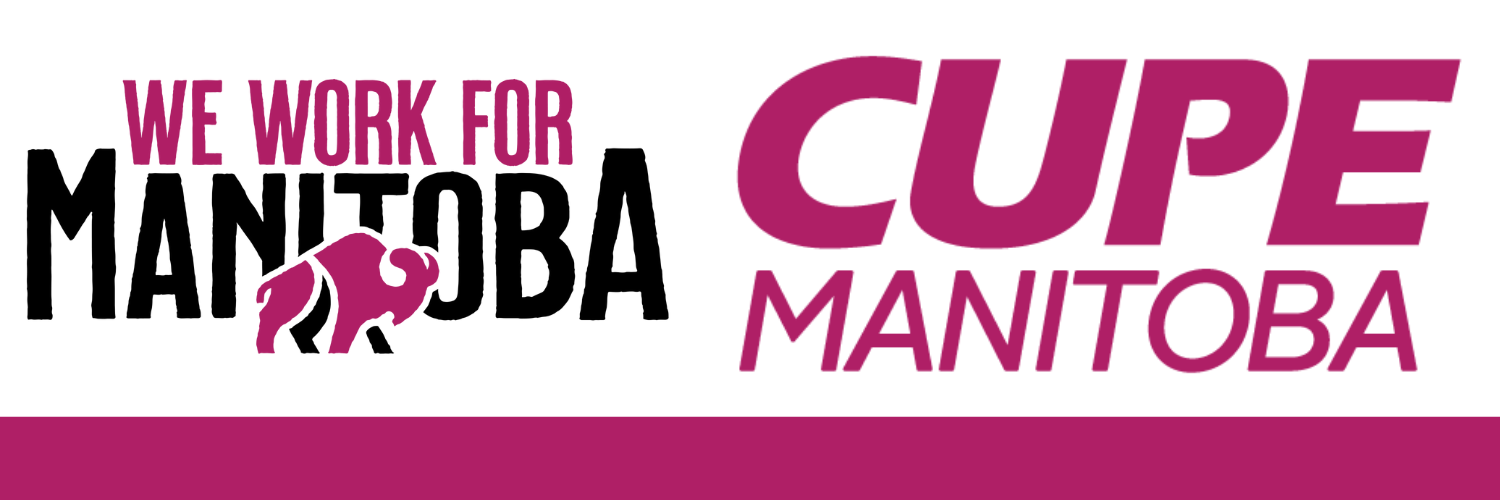The Canadian Union of Public Employees – Manitoba is deeply concerned that the November 21 Speech from the Throne further opens the doorway to privatization of public services and programs, particularly services for children.
“The Pallister government has spent the past year throwing our health care system into chaos, and introducing privatization schemes like P3 Schools and Social Impact Bonds,” says Terry Egan, President of CUPE Manitoba.
“This government seems more concerned about their ideology than what is best for Manitobans, and today’s Throne Speech continues down that path.”
Since last year’s Throne Speech, the Pallister government has rolled out its plan to close Emergency Rooms, cut funding to health authorities province-wide, introduced Public-Private Partnership (P3s) schemes to schools in Winnipeg and Brandon, and pursued Social Impact Bonds – a way for the private sector to garner profit from public social services.
Today’s 2017 Throne Speech further reinforces the government’s plan to pursue the dangerous path of privatization, especially in services for children. Meanwhile the government has eliminated transparency and accountability legislation for P3s.
“This government is introducing a Social Impact Bond in our child welfare system, and P3s for our schools, but has never had any open discussions on if these models even work,” said Egan.
“We know there are serious concerns about Social Impact Bonds and P3s, but the government is pushing through anyways, it’s irresponsible and ideological.”
While CUPE recognizes the need for improving access to child care in Manitoba, the government’s plans to provide incentives to the private sector to build more private child care spots is not in the best interest of Manitoba families.
“We need more public spaces and facilities,” said Egan. “Going down the path of subsidizing more private for-profit day care is the wrong direction. The government should instead be supporting non-profit community and school based child care.”
In Manitoba, CUPE represents approximately 26,000 members working in health care facilities, personal care homes, school divisions, municipal services, social services, child care centres, public utilities, libraries and family emergency services.

